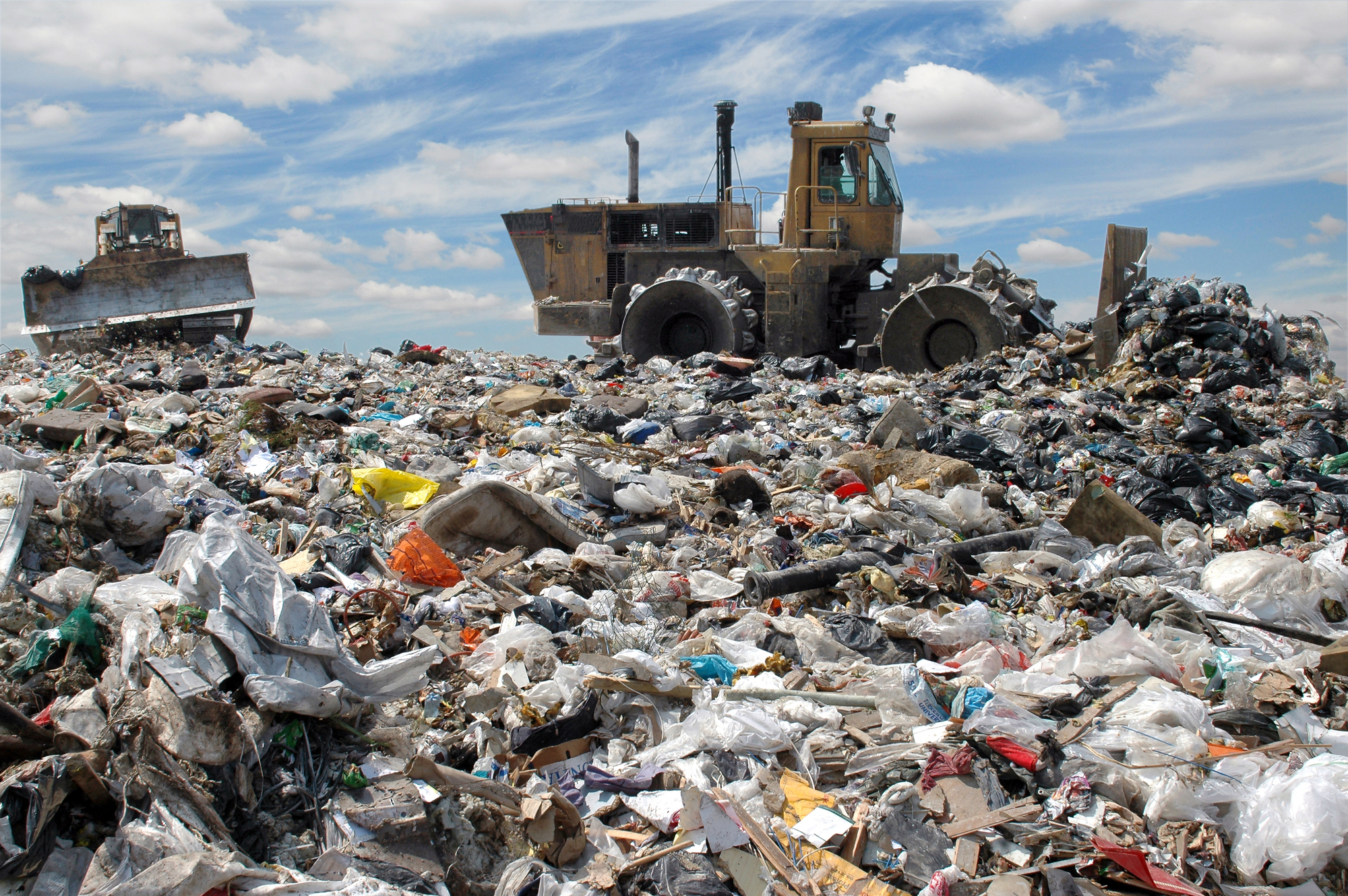In the realm of waste management, hazardous waste disposal has long been associated with red tape, regulatory complexities, and environmental concerns. However, a transformative shift is underway as industries and facilities pivot from compliance-driven processes to embracing sustainable practices. This blog delves into the evolving landscape of hazardous waste disposal, exploring how the integration of green initiatives is reshaping the narrative while staying firmly rooted in adherence to hazardous waste regulations.

1. Beyond Compliance: Redefining the Narrative of Hazardous Waste Disposal:
Hazardous waste disposal has often been perceived as a landscape dominated by stringent regulations and bureaucratic red tape. However, a paradigm shift is occurring as stakeholders recognize the need to move beyond mere compliance. The journey from red tape to green initiatives signifies a commitment to not only meeting regulatory standards but also contributing to a more sustainable and environmentally conscious waste management paradigm.
2. Sustainable Waste Minimization: The Core of Green Initiatives:
At the heart of green initiatives in hazardous waste disposal lies the practice of waste minimization. Facilities are increasingly adopting strategies to reduce the overall generation of hazardous waste. This approach not only aligns with hazardous waste regulations but also addresses the root cause of environmental impact by limiting the creation of potentially harmful materials.
3. Circular Economy Principles: Transforming Waste into Resources:
The integration of circular economy principles is revolutionizing how hazardous waste is perceived. Rather than viewing waste as a burden, industries are exploring ways to transform these materials into valuable resources. From recycling to upcycling, the circular economy approach contributes to sustainability goals while ensuring compliance with hazardous waste regulations.
4. Innovative Treatment Technologies: Reducing the Environmental Footprint:
Advancements in treatment technologies are playing a pivotal role in minimizing the environmental impact of hazardous waste disposal. From biological treatments to innovative chemical processes, these technologies aim to convert hazardous waste into less harmful forms. The adoption of such green technologies not only meets regulatory standards but also aligns with the broader goal of sustainable waste management.
5. Green Packaging Solutions: Sustainable from Generation to Disposal:
Sustainable practices in hazardous waste disposal extend beyond the treatment phase to encompass the entire lifecycle, starting with green packaging solutions. Facilities are exploring environmentally friendly packaging materials, such as biodegradable or recyclable options, to minimize the ecological footprint of hazardous materials right from their point of origin.
6. Energy Recovery from Waste: Harnessing Resources Responsibly:
Green initiatives also involve harnessing energy from hazardous waste where feasible. Technologies that allow for the recovery of energy from certain waste streams contribute to a more sustainable approach. This practice not only aligns with hazardous waste regulations but also reflects a responsible utilization of resources within the waste management framework.
7. Community Engagement and Education: Fostering Environmental Responsibility:
Green initiatives in hazardous waste disposal are not confined to the facilities alone. Engaging communities and fostering environmental responsibility play a crucial role. Awareness campaigns, education programs, and collaboration with local stakeholders contribute to building a collective commitment to sustainable waste management practices, reinforcing compliance with hazardous waste regulations.
8. Data-Driven Decision-Making: Precision in Compliance Efforts:
Data analytics is emerging as a powerful tool for enhancing the precision of compliance efforts. By leveraging data-driven insights, facilities can optimize hazardous waste disposal processes, adapt to regulatory changes, and identify opportunities for further sustainability. This approach ensures a balance between compliance and green initiatives in waste management.
9. EPR Programs: Shifting Responsibility Upstream:
Extended Producer Responsibility (EPR) programs are gaining traction as a proactive approach to hazardous waste disposal. These programs encourage manufacturers to take responsibility for the environmental impact of their products throughout their lifecycle. By shifting responsibility upstream, EPR programs contribute to both compliance with hazardous waste regulations and the broader goal of sustainability.
10. Regulatory Collaboration: A Synergistic Approach to Sustainability:
A harmonious relationship between regulatory bodies and industries is essential for fostering sustainable practices in hazardous waste disposal. Collaborative efforts can lead to the development of regulations that not only ensure compliance but also encourage and reward environmentally responsible practices. This synergistic approach creates a conducive environment for the growth of sustainable initiatives within the hazardous waste management sector.
Conclusion:
The journey from red tape to green initiatives in hazardous waste disposal signifies a progressive shift towards a more sustainable and environmentally conscious future. By embracing practices that go beyond mere compliance with hazardous waste regulations, industries and facilities are contributing to a paradigm where waste is not seen as a problem but as an opportunity for innovation, resource recovery, and environmental stewardship. As we navigate this transformative landscape, the integration of green initiatives in hazardous waste disposal holds the promise of a more sustainable and resilient waste management ecosystem.

